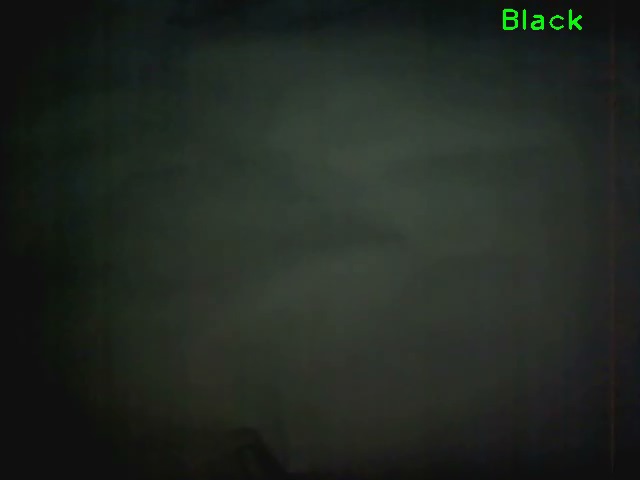
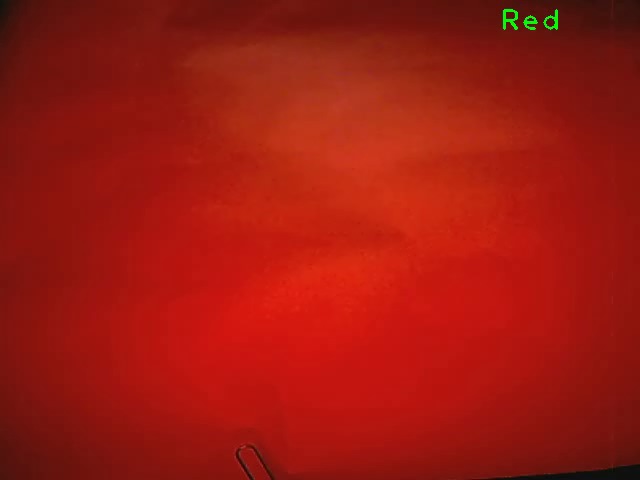
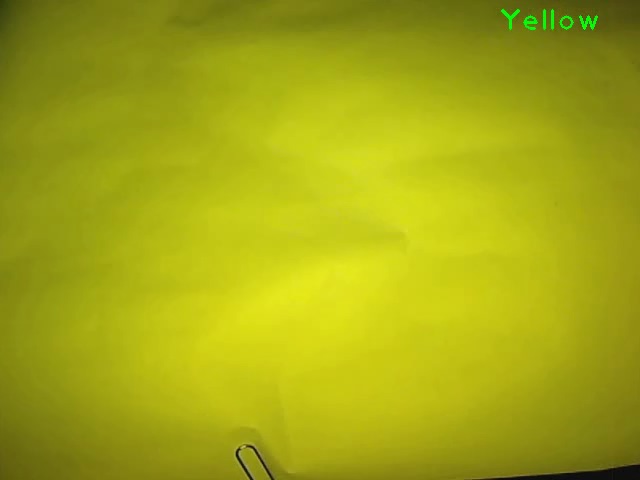
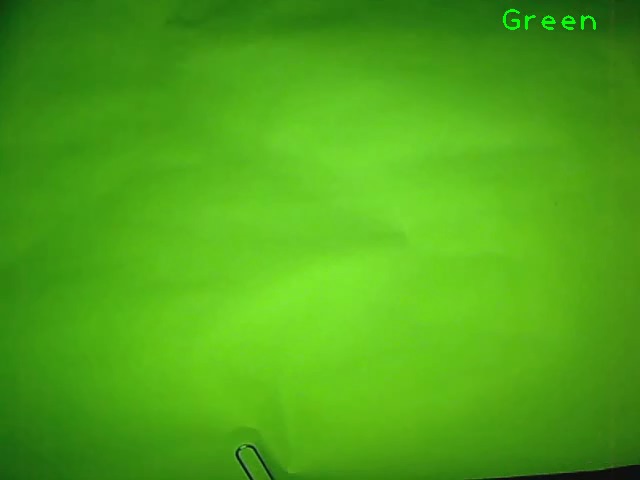
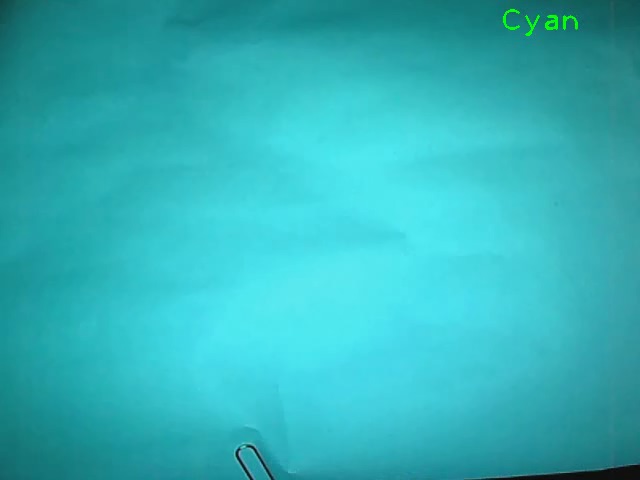
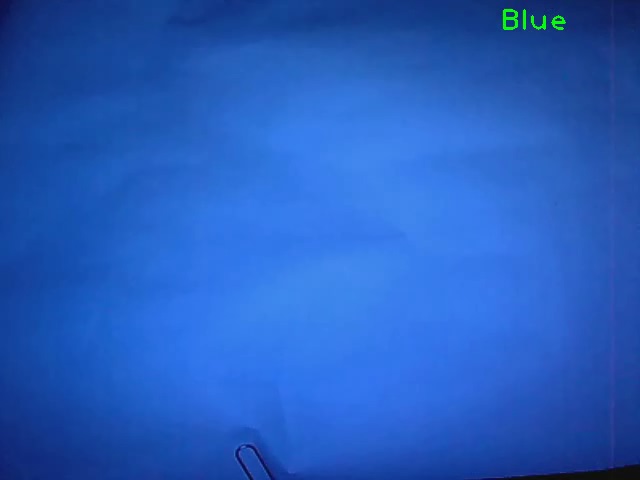
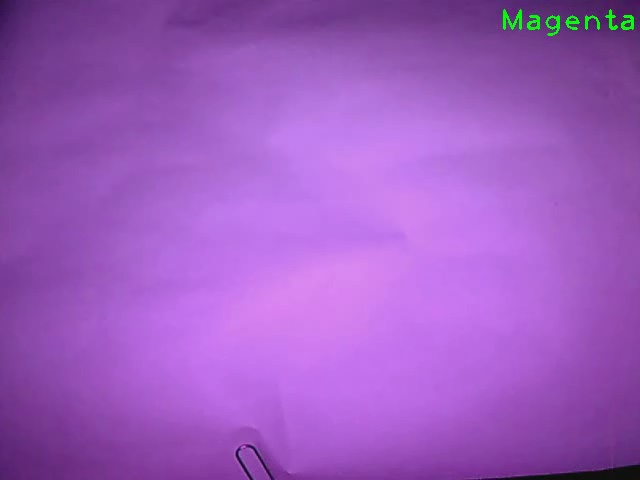
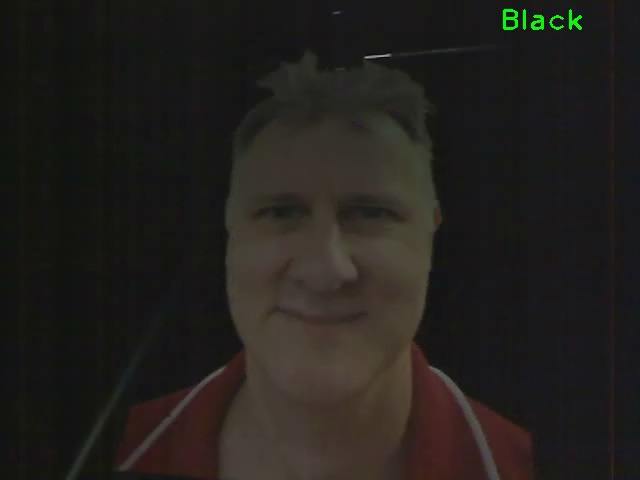
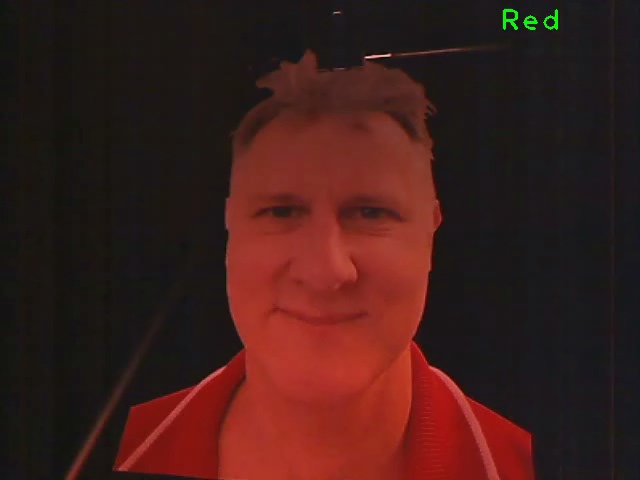
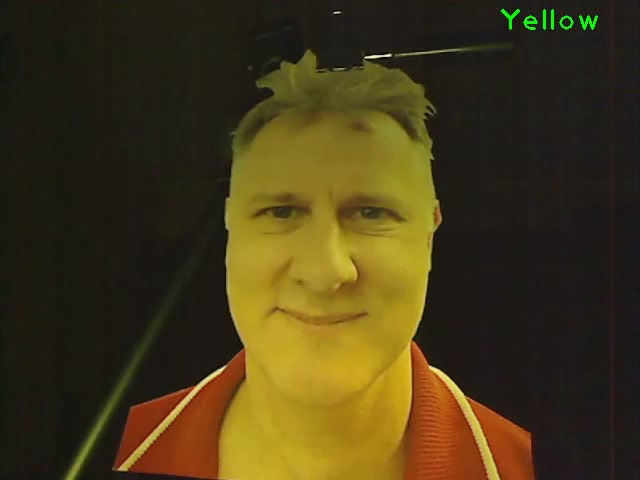
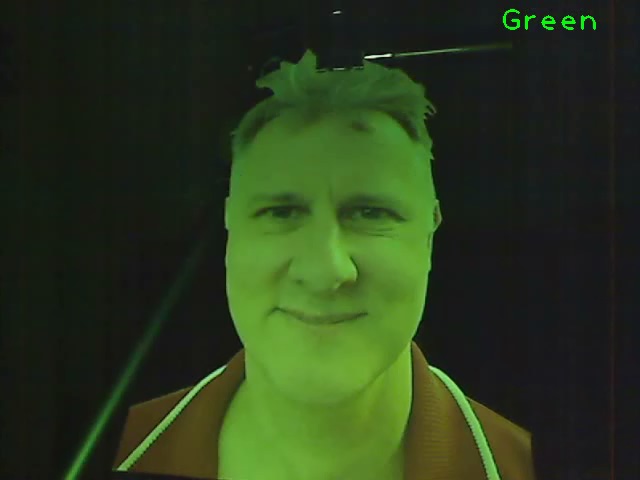
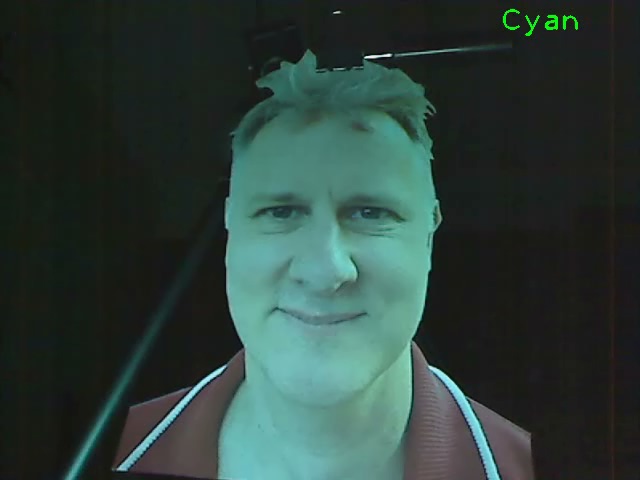
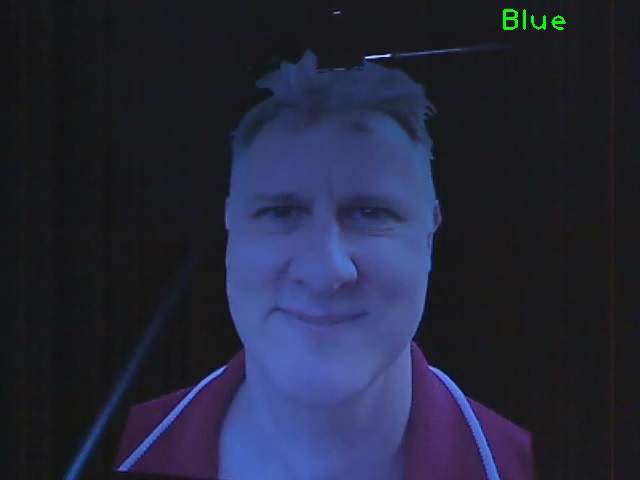
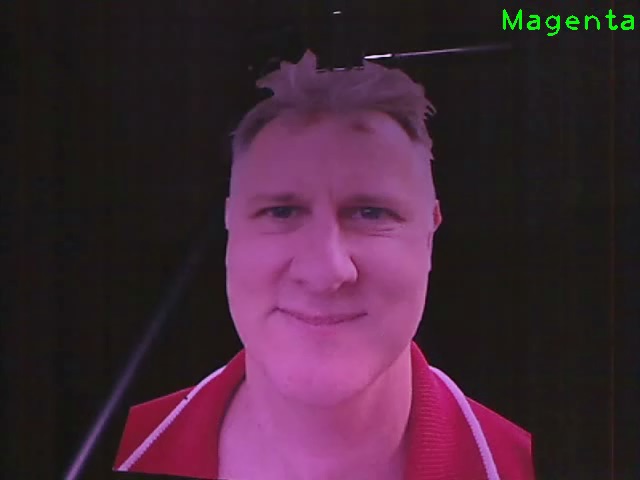

| Colour Number | Colour Name | Colour Specification (RGB) |
|---|---|---|
| 1 | Black | (0, 0, 0) |
| 2 | Red | (255, 0, 0) |
| 3 | Green | (0, 255, 0) |
| 4 | Blue | (0, 0, 255) |
| 5 | Magenta | (255, 0, 255) |
| 6 | Cyan | (0, 255, 255) |
| 7 | Yellow | (255, 255, 0) |
The white paper and paper face objects have 150 videos, and each of the ten live subjects have 15 videos. Each video consists of the following:
The actual number of frames of illumination and no illumination will vary slightly due to different responses from the camera device.
Each illuminated object video set is captured twice - the first using the in-built Microsoft LifeCam on a Microsoft Surface Pro 2 tablet, and the second using an external Logitech Pro 9000 webcam connected to the Microsoft Surface Pro 2 tablet.
Images are captured using an application that was developed on Ubuntu Linux 13.10 and OpenCV 2.4.8 running on a VMware Player 6.0.2 virtual machine. The VM is hosted by a Microsoft Surface Pro 2 tablet running Windows 8.1 Pro. Individual frames are saved using the DIVX codec, with resolution 640x480@30fps.
Result = ( ( ( Colour1 * 7) + Colour2) * 7 + Colour3) * 7 + Colour4
For example, for the colour sequence "Red Magenta Green Green", the
result is:
955 = ( ( ( 2 * 7) + 5) * 7 + 3) * 7 + 3
The training data is structured as follows:
<data-line> ::= <colour><SPACE>
1:<red-percent><SPACE>
2:<yellow-percent><SPACE>
3:<green-percent><SPACE>
4:<cyan-percent><SPACE>
5:<blue-percent><SPACE>
6:<magenta-percent><SPACE>
7:<black-percent><EOL>
<colour> ::= "1" | "2" | "3" | "4" | "5" | "6" | "7"
<SPACE> ::= " "
<black-percent> ::= <integer>
<red-percent> ::= <float>
<yellow-percent> ::= <float>
<green-percent> ::= <float>
<cyan-percent> ::= <float>
<blue-percent> ::= <float>
<magenta-percent> ::= <float>
<integer> ::= <digits>
<float> ::= <digits>.<digits>
<digits> ::= <digits><digit> | ""
<digit> ::= "0" | "1" | "2" | "3" | "4" | "5" | '6" | "7" | "8" | "9"
<colour> represents the ground truth classified colour. This is
defined as:
1: Black 2: Red 3: Green 4: Blue 5: Magenta 6: Cyan 7: Yellow
The <black-percent> is calculated as a percentage of
pixels that have a value of 0-2 in the V channel of the
HSV colour space.
Each colour percent is calculated as a percentage of pixels that have the following properties:
>2 in the V channel of the HSV colour space; and
0: Red
30: Yellow
60: Green
90: Cyan
120: Blue
150: Magenta
The percentage is calculated by dividing the number of pixels for
each colour channel, by the total of pixels calculated in each
of the six colour channels. That is, the sum of <red-percent>
through to <magenta-percent> will always equal 100%.
An example line of training data is:
6 1:0.879917 2:0.0690131 3:4.00276 4:80.9179 5:13.9924 6:0.138026 7:1
This table shows example frames taken from captured videos.
| Object | Black | Red | Yellow | Green | Cyan | Blue | Magenta |
|---|---|---|---|---|---|---|---|
| White Paper |  |
 |
 |
 |
 |
 |
 |
| Paper Face |  |
 |
 |
 |
 |
 |
 |
@article{Smith_IEEE_2015,
author = {Smith, Daniel F. and Wiliem, Arnold and Lovell, Brian C.},
title = {Face Recognition on Consumer Devices: Reflections on Replay Attacks},
journal = {IEEE Transactions on Information Forensics and Security},
volume = {10},
number = {Special Issue on Biometric Spoofing and Countermeasures },
DOI = {10.1109/TIFS.2015.2398819},
year = {2015},
type = {Journal Article}
}
Last updated: 06-Feb-2015